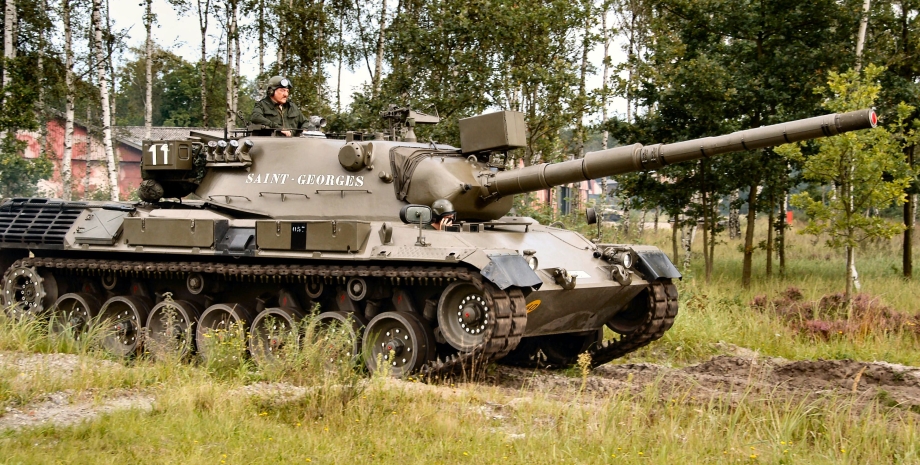
 By Victor Duda
By Victor Duda
It may seem that the equipment that was developed more than half a century ago, has little capable of modern combat, but it should be taken into account that Ukraine will receive the latter's tanks modified version of Leopard 1 A5. The focus traced the development of the line of the first German "leopards" and found out if it could be dangerous in the battles against the Russian Armed Forces.
In 1950, the Bundesver leadership realized that in the Cold War, the German Armed Forces need a modern tank that could compete with the latest Soviet developments. Thus, in 1956, it was decided to start constructing a new tank, which in German documents was named Standard-Panzer, that is, a "standard tank".
Initially, engineers from Germany and France worked on the project, but in 1963 the French side stopped participating in the project and focusing on its AMH-30, so Porsche experts continued their own LEOPARD project. The idea of the project was to combine combat power, decent protection and mobility in the car, so the concept was more in line with the average tank. Although the first samples had a decent gun and good mobility, but the booking left much to be desired.
However, this deficiency was eliminated in the future. In 1963, the first Kampfpanzer Leopard prototype was tested, after which the German company Krauss-Maffei in Munich received an order for the first one and a half thousand cars, which was completed in two years, and the Bundesver received the first "Leopard" in September 1965. In total, more than 6,000 cars were released, 4 744 of which were the main combat tanks (VTT) and 1 741 special machines of various modifications.
Subsequently, a joint group from Germany, Denmark, Norway, Italy, Belgium and the Netherlands as part of the NATO Program was engaged in the modernization of the tanks. The Leopard tanks were created by classic layout-in the front there is a location of the mechanic-driver, the combat compartment was in the middle part, the engine and the transmission were placed in feed. General information: The tank was equipped with a 10-cylinder V-shaped diesel engine MTU Friedrichshafen MB 838 CAM 500 37.
4 liters, which had a power of 830 hp. In the battle mass of the tank, about 40 tons the engine provided the specific capacity of about 18-21 hp. per ton of weight. In this case, the transmission was a single -reactory complex hydro -transmission, and the rotation mechanism had the ability to automatically switch. The running part of the tank was equipped with seven support and four supporting rollers. The metal caterpillars had rubberized treadmills inside and removable rubber lining on the outside.
General information: The fire power of the first "Leopard" was provided by 105-mm rifled gun from the British Royal Ordnance L7A3, which was produced in Germany under a license. Moreover, the L7A3 gun was one of the first in the world to receive a protective casing, which provides accuracy and accuracy of fire in difficult weather conditions. The tank ammunition consisted of 60 shells of different types: armor-piercing, armor-piercing, cumulative and fragmentary.
As for sights, the LEOPARD 1A3 modifications used TRP-2A sight, and in 1983 already in the modification A5 for the gunner and the commander set the Emes-18 sight (created on the basis of Emes-15 for Leopard 2), which was later equipped with laser range and the Carl Zeiss thermal Instor. The data from the sights were transmitted to the ballistic calculator, after which the gun was corrected. In the event of damage to the sight, the crew had a spare telescopic sight of the Fero-Z12.
The German engineers provided the nuance during the firing at night, so they were equipped with a curtain that automatically closed during a shot, so that the flash did not dazzle the gunner. In addition to the main gun on Leopard 1, one paired 7. 62 mm MG3 machine gun was installed, the other machine gun was located on the tower as anti-aircraft weapons. In total, BC machine guns numbered 5,200 cartridges.
General information: engineers of those years believed that heavy armor on the tank is ineffective against cumulative shells and rapidly developing anti -tank missiles, so the emphasis should be placed on fire power and mobility of the machine, not on defense. Thus, the upper frontal part of the first "leopards" consisted of armor panels and had a thickness of 70 mm.
At the same time, the tank boards had only 35 mm thick, but were covered with anticumulative falseboards made of steel with a thickness of about a centimeter. The tower also could not boast of strong protection - its forehead and sides had a thickness of 60 mm, and the feed and the roof - 50 and 10 mm, respectively. Option 1A5 has become the first tanks in a series to install an additional modular armor protection.
However, it should be borne in mind that although the armor of the tank is installed at good rational slope angles, it can resist the armor -piercing shells of a caliber up to 100 mm at a distance of more than 1000 m. In order to modernize Leopard, Porsche experts outlined its key aspects. In the final report of engineers, the following points were stated: later these ideas were implemented in the modification of the LEOPARD 1A4 tank, which came into service in 1974.
And in 1986, the last modification of the A5 tank appeared, and it was Leopard 1A5 that was set for the needs of the Armed Forces of Ukraine. On April 29, 1994, the Danish tankers left the village of Sarachi 8 km from the city of Tuzla, where the Bosnian Serbs fought a mortar fire on a column of peacekeepers. The tanks opened fire on the positions of fighters, while the sources write that 72 shots were made: 44 fugas, 19 phosphorus and 19 armor -piercing shells.
The result was three T-55 tanks of Bosnian Serbs, a storage with ammunition and several bins. Germany has provided Ukraine with the latest modification of the LEOPARD 1A5 tank, which is very different from the first samples of the VTT.
Modern "leopards" have stronger armor and some internal modules that fully meet NATO standards - A5 have a new system of weapons stabilization, digital radio stations, improved autonomous sight for the commander and the gunner, computerized SOS and a new aiming system for guidance. Together with the use of modern ammunition, the Leopard 1A5 tank no longer looks like a veteran that will not be able to show anything on the modern battlefield.
Of course, as for the confrontation with Russian T-72 tanks, the 105-mm gun is not so effective against his armor. In addition, the tank is very vulnerable to the hits of modern anti-tank weapons, starting with the competition PTRC and ending with Cornet-D, which are in service with the Armed Forces of the Russian Federation.
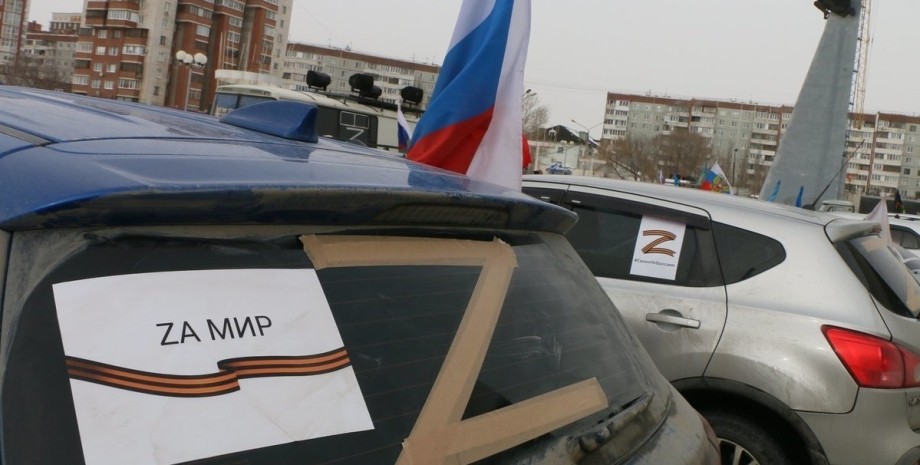

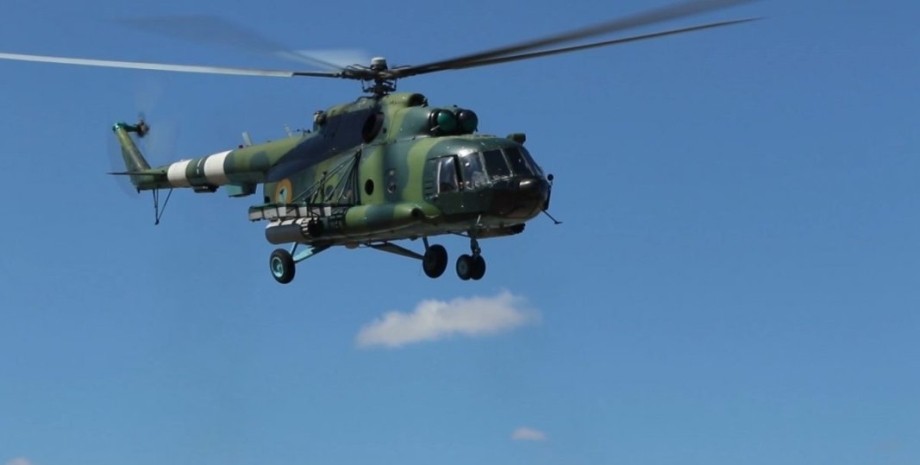


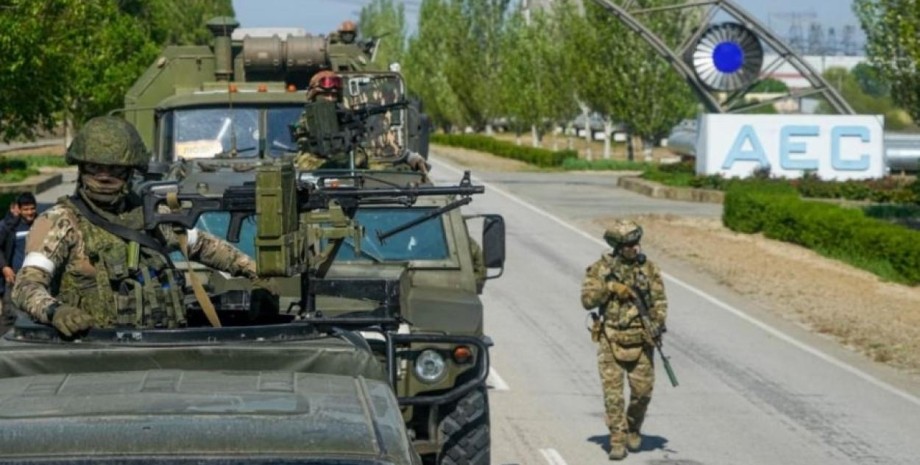


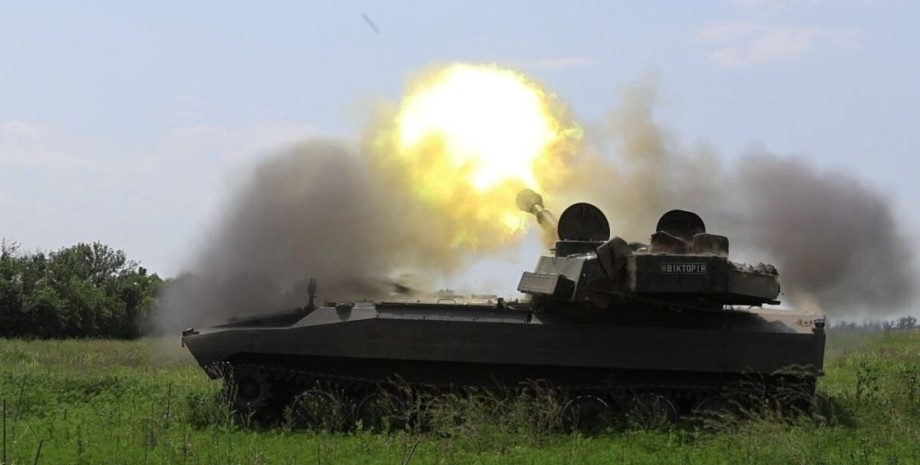











Všetky práva vyhradené IN-Ukraine.info - 2022